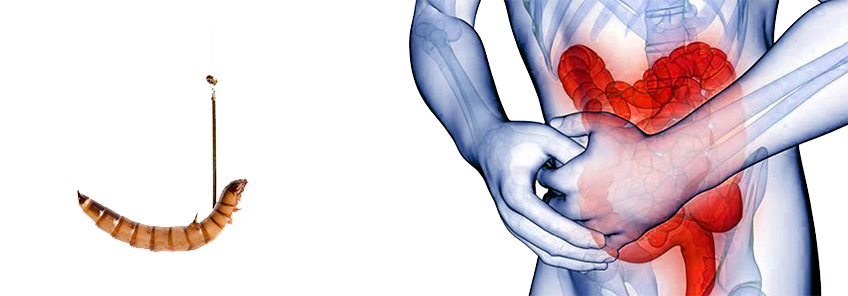

Also, using a monthly preventative and annual fecal testing are important in prevention of disease.

Protective steps include promptly removing animal feces from your yard, covering children's sandboxes when not in use, wearing shoes and gloves while gardening and washing hands thoroughly after playing outside or working in the soil. Practicing good hygiene is the key to preventing infection.
#CAUSE OF HOOKWORMS IN HUMANS SKIN#
Cutaneous larva migrans also is the most common travel-related skin infection in tourists to tropical areas. These infections are known as ocular larva migrans and visceral larva migrans.įarmers, gardeners, landscapers, sunbathers lying on sand, plumbers, electricians, exterminators and children playing in potentially contaminated areas such as sandboxes are at higher risk for infection due to close contact with potentially contaminated soil. The eggs then can hatch in the human's intestinal tract, and the immature worms can travel to various tissues in the body, including the eyes, brain, liver, lungs, and other organs potentially causing serious infections. Humans become infected with roundworms by accidentally ingesting infective worm eggs that have been passed through the pet's feces and left in the environment. Pets become infected through ingestion of infective larva from the environment, through the placenta before birth and from nursing. They live in the small intestine and puppies are especially vulnerable. Roundworms are the most common intestinal parasite in pets and the most likely to be transmitted to humans. Humans are most likely to be infected with the hookworms of dogs and cats through direct skin penetration of infective larvae found in feces of dogs and cats. The larvae migrate in the skin, producing intensely itchy, serpentine lesions. Cutaneous larva migrans also is known as creeping eruption or ground itch. Dogs and cats can become infected with hookworms by ingestion of the larvae from the environment or from nursing an infected animal.Īnimal hookworms are well-documented zoonotic disease agents and are the most common cause of cutaneous larva migrans (CLM) in people. Puppies are very susceptible and can die from anemia.

Hookworms live in the small intestine and are blood suckers that can cause severe anemia or blood loss in pets. Here are answers to some of the most frequently asked questions about these two parasites. Once the eggs are passed in your pet's feces, and spread throughout their environment, they can remain infective for years. These worms can be very prolific and one worm can produce more than 100,000 eggs a day. Hookworms and roundworms are two of the most common parasites found in our pets that have zoonotic potential for humans. Some intestinal worms commonly found in dogs and cats can be a health risk to pet owners.


 0 kommentar(er)
0 kommentar(er)
